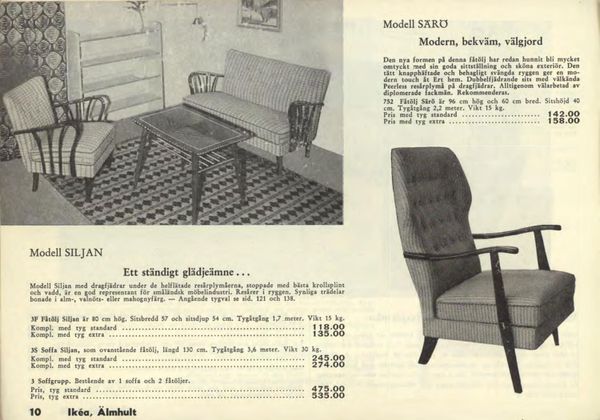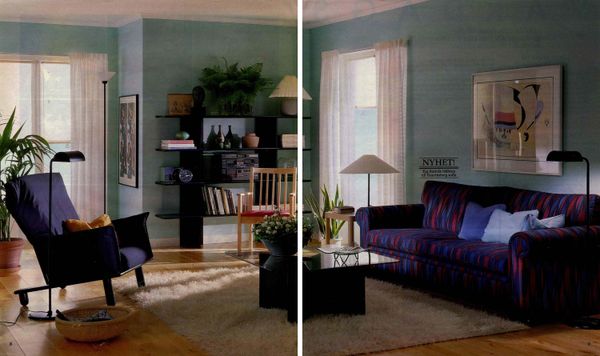After I brought home my first child, poring over archival issues of the now-defunct publication transported me out of dark feelings and a chaotic home.

Throughout 2024, Bon Appétit published a series called The Fourth Trimester, asking writers who were also new parents, “What meal nourished you after welcoming your baby?” The stories were beautiful and difficult, from parents who were struggling through postpartum depression or to feed themselves after a rough delivery. Revisiting these stories this year, as I was pregnant with my first child, they read as a sort of updated What to Expect When You’re Expecting, the often-referenced manual for parenting. The essays were guides to the experiences that I might—and later did—encounter: incredible waves of grief expressible only through crying in the shower; the whiplash of a body changing rapidly overnight; a sudden flip into depression caused by hormonal crashes and little sleep.
Bon Appétit prepared me for all of that, but there was something I did not anticipate after returning from the hospital—a surprising hatred for every piece of furniture I own. Walking back into my apartment with a new baby in her car seat, I looked around my living room and immediately thought, “Who chose all this?” Reader, I chose all this: a mustard-yellow velvet sofa (my favorite color) that now mimics the hue of breastfed-infant feces. The vintage burnt-orange mini-recliner gifted by my partner’s grandmother (after I repeatedly asked for it) is actually not easily curled up on. Handmade, multicolor shag rugs that shed clumps of fiber are just another chore. The place looks slapped together, my maximalist aesthetic suddenly too fucking loud when all I need is 10 minutes of peace.
But three weeks in, sitting on my unfortunate sofa at 5 a.m., I found a balm to my unhappy buyer’s remorse, a way to transport myself out of a chaotic home and dark postpartum feelings. Enter the Ikea catalog.

The Ikea catalog was produced in Älmhult, Sweden, for over 70 years, starting in the 1950s. Pictured above is a page from the 1956 catalog.
© Inter IKEA Systems B.V.
For those not acquainted, the Ikea catalog was, beginning in the 1950s, the only way to purchase furniture from the then mail-order manufacturer in Scandinavia. Images of carefully orchestrated furniture and decor, not unlike the theatrical assemblages we see in today’s gargantuan showrooms, filled each page. Throughout its 70 years, the thick book evolved as its distribution spread worldwide. A detailed “remembrance” from Ikea’s blog describes how founder Ingvar Kamprad led the publication’s art direction and even wrote the descriptive text himself. Later, at the helm of Brita Lang, the catalog became an authority on interior design trends, allowing readers to develop their own sense of taste and style. The bulk of images in the catalog showcased products until the 1970s, when, I noticed, photos started to feature people. In 1973, a happy couple lounged on the sculptural Tajt seating; a year later, pals smoked cigarettes while listening to records on a forest green Soffgrupp Elegant set. As the catalog’s reach spread, the company even released region-specific editions with different covers and (sometimes controversially) adapted images to suit different cultures.

The Tajt lounge chair by Gillis Lundgren from 1972 was featured on the cover of the Ikea catalog the following year.
© Inter IKEA Systems B.V.
Sadly, the catalog was discontinued in 2021 as consumer buying had shifted to e-commerce. Customers mourned; unlike the now-vanished catalogs of JCPenney or Sears, some Swedish residents posted notices on their front doors that read, “No advertising or junk mail please, just the Ikea catalog.” To honor these nostalgic fans, the entire catalog collection was digitized as a public “museum” shortly after. I stumbled on a few digitized catalog images in 2024 after hearing a MCM furniture collector gush about vintage Ikea pieces. (I recall little from the experience except that I don’t speak Swedish).
Fast-forward to September 2025, a week after arriving home to my disgustingly furnished home, when I started scrolling interior design Instagram in the middle of the night. As one of the go-to platforms for “design inspo,” I was bombarded with tiny squares of naturally lit living rooms with matching sofa sets, funky lamps, carefully selected vintage accent pieces, and floating shelves. Everything looked so clean, sharp, and curated, and it made me angrier beyond reason. On a platform originally designed for documenting and sharing one’s daily life, these images morphed into representations of rooms that could never really be. They wanted me to believe that even I, a new parent in crisis sitting in a dimly lit room on a pile of laundry, could live that beautifully. Perhaps this makes the social network a great selling tool, but in my emotional state all masks were off and the capitalism machine was too much to handle.
Though the Ikea catalog also was designed to sell things, I longed for its honesty. Decades after the production and distribution of those photos, their grainy flatness feels less like an ad and more like proof-of-life from the past. I flipped through austere 1950s “living rooms” and their MCM displays, straight through the ’80s when bulky televisions and multideck cassette towers replaced record players on black laminate shelves. Matching the black metal-and-glass Lagun/Cajus soffbord (coffee table) in a living room, the furnishings, together, screamed family-friendly cocaine-chic. For the first time in weeks, I laughed.

A spread from the 1987 Ikea catalog shows a Munk bookshelf and a Lagun/Cajus soffbord (coffee table) in a living room.
© Inter IKEA Systems B.V.
See the full story on Dwell.com: The Unexpected Healing Power of the Ikea Catalog
Related stories:



